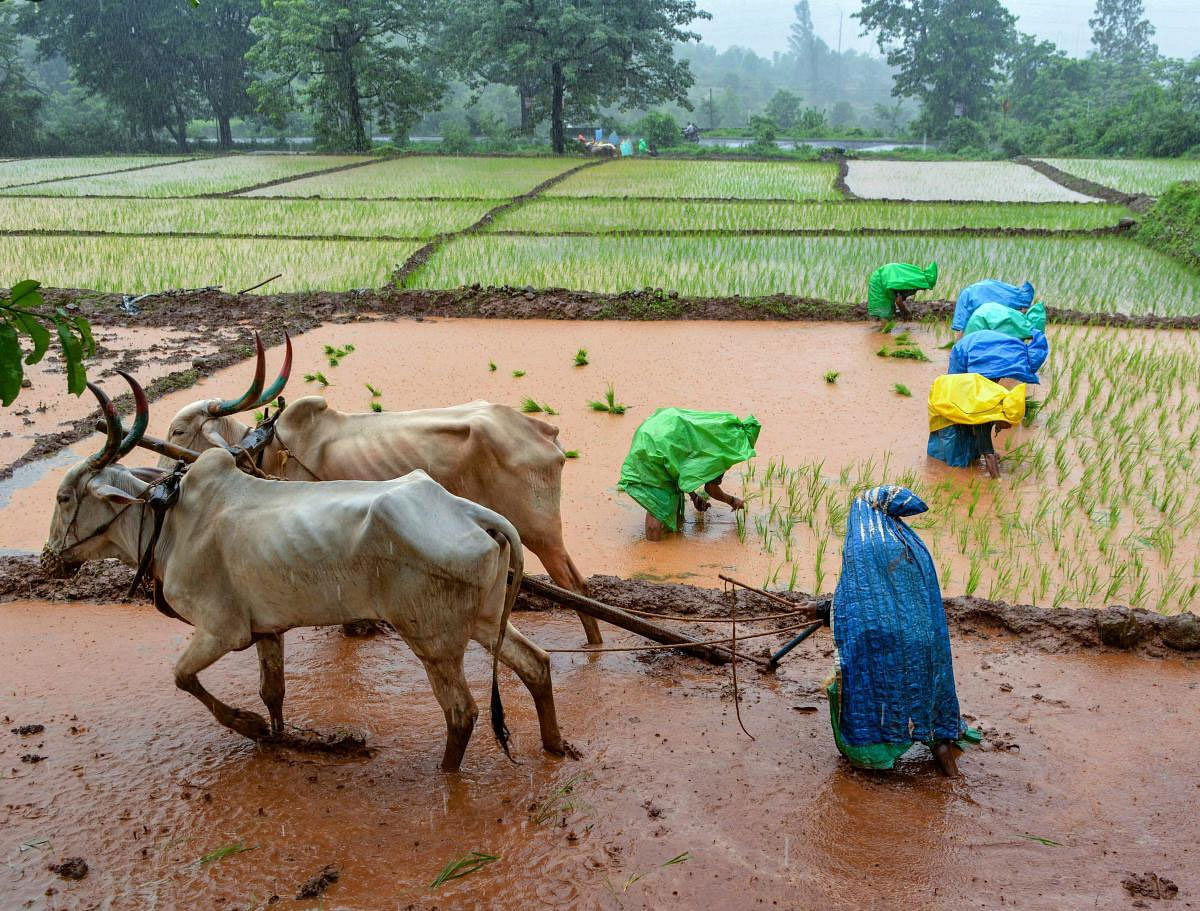Modern consumers have a variety of choices in selecting food items from the shelves of super market. There may be 20 different types of wheat flour, with different brands and those with added nutrient supplements. This mirage of diversity hides the reality of modern day diet that is homogenised, depending on the few global food crops like maize, wheat and rice.
According to Food and Agricultural Organisation (FAO), this is a dangerous trend, as over the last century, more than 90% of crop varieties have disappeared, with half of the domesticated animal species having become extinct.
Realising this alarming situation, this year FAO has declared ‘Our Biodiversity, our food, our health’ as the theme of International Day of Biological Diversity. It recognises biodiversity as the foundation for our food, health and a key catalyst to transforming food systems and improving human health.
What are the main factors that are responsible for destruction of crop and livestock diversity? The present trend of agricultural and dairy development is focused on breeding new hybrid and genetically modified varieties that yield more as response to high inputs of chemical fertilisers and irrigation.
Although the Green Revolution ushered high production of wheat and rice to meet the crisis of food insecurity, it replaced the traditional crop diversity with monoculture uniform varieties.
Local to global food
Over the years, food production has increased several times as a result of propagation of industrial agriculture. Vast stretches of agricultural land that were used for growing local food like millet and coarse grains have been replaced by global food crops like rice, wheat and maize. Most of this global food is bred for high yields with narrow genetic base.
Ironically, this uniformity has resulted in increasing the vulnerability resulting in increased pests and diseases, forcing farmers to use deadly pesticides that not only kill the insects, both harmful and friendly, but also eventually enter the foodchain.
A study by the Food Safety Standard Authority of India through random sampling across the country, found that common food items like wheat, rice and vegetables contain banned pesticide residues, a thousand times more than permissible limits. Obviously, an average Indian consumes this pesticide-laden food that leads to health disorders, at times causing severe disorder of kidney and liver.
High inputs of chemical fertiliser and pesticides have taken a toll on the micronutrient contents of the soil. As a result, the food consumed by a majority of people lacks the essential vitamins and minerals. This micronutrient deficiency has led to ‘hidden hunger’ with the malnutrition standards in some of parts of the country surpassing African nations.
Local food systems evolved utilising available soil moisture and with respect to the ecological ethics. People in the dry regions produced coarse crops that required less water and minimal inputs. It was based on multiple cropping patterns rather than on mono-cropping, propagated by industrial agriculture. This diversity of corps reduced the risk of pests and diseases.
The food people consumed was based on diversity of crops, providing nutritional security to people and ecological security to the land.
In India, paddy diversity evolved based on the local ecological conditions, as both short duration varieties that could withstand drought and long duration paddy that could survive high rainfall. Dr Richaria documented 3,000 rice varieties across the country. Unfortunately, over the years we lost most of these and at present only a few hundred varieties survive the onslaught of hybrid rice.
For most Indians, food is not just the consumption of calories and nutrients, but a foundation for life with close linkage between food and health. Many food items have medicinal properties, too. Replacing the local with global food has delinked the concept of food as a medicine.
Regular use of turmeric in Indian food is a good example of how this spice has multiple benefits, including the capacity to enhance the immunity. Unfortunately, the food adulteration levels are so high that most food products as well as milk consumed in India lead to more diseases than improved health.
Ragi, the millet-based diet in dry regions across India would provide much-needed calcium and kept the body cool during summers. Yet, we have replaced this with white rice, depriving people of nutrients.
As agri-processing takes control of our food systems, global food replaces local food, negatively impacting health. With added flavours, nutrients, and chemical ingredients to increase the shelf life, food habits have changed drastically, jettisoning local food not amenable to processing industry.
The only way to re-establish the link between biodiversity, food and health is to rescue local food systems with diverse crops.
